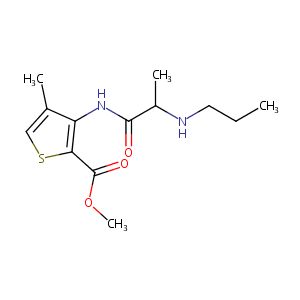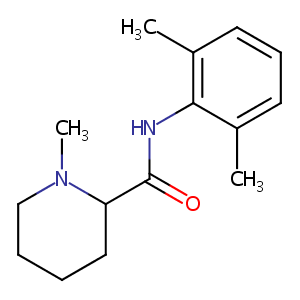Details of the Drug Combination
General Information of Drug Combination (ID: DC7SUJP)
| Drug Combination Name |
Articaine Mepivacaine
|
|||||||||||||||||
|---|---|---|---|---|---|---|---|---|---|---|---|---|---|---|---|---|---|---|
| Indication |
|
|||||||||||||||||
| Component Drugs | Articaine | Mepivacaine | ||||||||||||||||
| Small molecular drug | Small molecular drug | |||||||||||||||||

|

|
|||||||||||||||||
| 2D MOL | 2D MOL | |||||||||||||||||
| 3D MOL | 3D MOL | |||||||||||||||||
Molecular Interaction Atlas of This Drug Combination
| Molecular Interaction Atlas (MIA) | ||||||||||||||||||||||||||
|---|---|---|---|---|---|---|---|---|---|---|---|---|---|---|---|---|---|---|---|---|---|---|---|---|---|---|
| Indication(s) of Articaine |
|
|||||||||||||||||||||||||
| Indication(s) of Mepivacaine |
|
|||||||||||||||||||||||||
|
Mepivacaine Interacts with 1 DTT Molecule(s)
|
||||||||||||||||||||||||||
|
Mepivacaine Interacts with 1 DOT Molecule(s)
|
||||||||||||||||||||||||||
References
